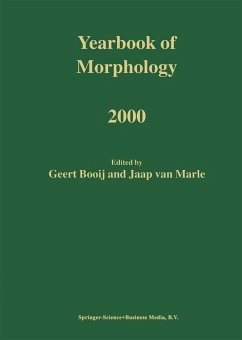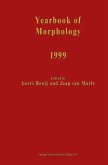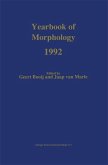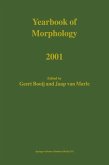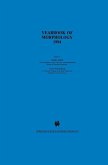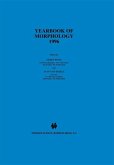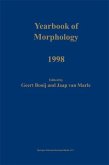A revival of interest in morphology has occurred during recent years. The Yearbook of Morphology series, published since 1988, has proven to be an eminent support for this upswing of morphological research, since it contains articles on topics which are central in the current theoretical debates which are frequently referred to. The Yearbook of Morphology 2000 focuses on the relation between morphology and syntax. First, a number of articles is devoted to the ways in which morphological features can be expressed in the grammar of natural languages, both by morphological and syntactic devices. This also raises the more general issue of how we have to conceive of the relation between form and (grammatical) meaning. Several formalisms for inflectional paradigms are proposed. In addition, this volume deals with the demarcation between morphology and syntax: to which extent can syntactic principles and generalizations be used for a proper account of the morphology of a language? The languages discussed are Potawatomi, Latin, Greek, Romanian, West-Greenlandic, and German. A special feature of this volume is a section devoted to the analysis of the morphosyntax of a number of Austronesian languages, which are also relevant for deepening our insights into the relation between our morphology and syntax. Audience: Theoretical, descriptive, and historical linguists, morphologists, phonologists, computational linguists, and psycholinguists will find this book of interest.
Dieser Download kann aus rechtlichen Gründen nur mit Rechnungsadresse in A, B, BG, CY, CZ, D, DK, EW, E, FIN, F, GR, HR, H, IRL, I, LT, L, LR, M, NL, PL, P, R, S, SLO, SK ausgeliefert werden.

